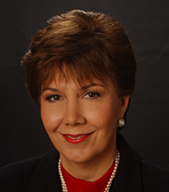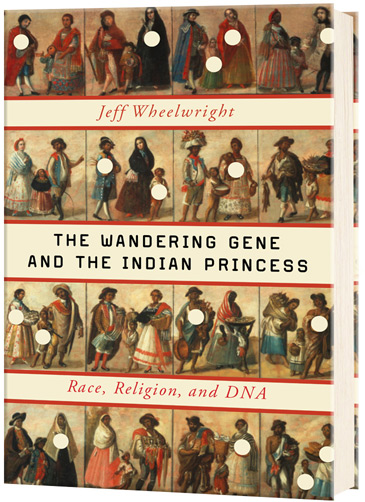For those interested in genealogy, the past few years has been great for a number of reasons. The large genealogy sites like Ancestry.com and FamilySearch.org have grown by leaps and bounds. Ancestry.com just recently announced passing 10 Billion records on their site. FamilySearch volunteers index millions of new names every month, in many languages and from many countries across the globe. Many smaller niche sites have also popped up, and the Internet as a whole as connected people across the globe in way never before possible.
The 1940 Census, released less than two months ago is now over 40% indexed and whereas earlier censuses took years to complete and were usually available first on for-pay sites, the 1940 Census will be finished in a few short months and will be available for free from the start. Sites working on the 1940 census, as mentioned in my earlier post on the subject, including the 1940 Census Community Project, FamilySearch.org, Ancestry.com and MyHeritage.com.
In the US, there have been three seasons of the genealogy-focused TV show Who Do You Think You Are? on NBC, and PBS also has a series called Finding Your Roots (with Henry Louis Gates Jr.). In the UK Who Do You Think You Are? is already in its eigth series, and the show has other versions around the globe, including in Israel (Mi Ata Hoshev She’ata).

Last night an episode of Finding Your Roots aired featuring Linda Chavez. Chavez is probably most famous as almost being the first Hispanic woman to serve as US Labor Secretary under George W. Bush, before she withdrew her nomination. More recently she’s a syndicated columnist and the Chairman of Center for Equal Opportunity, a conservative think tank that deals with issues of race and ethnicity in the public arena.
Linda Chavez’s family has lived in the New Mexico area for hundreds of years, and was always Catholic as far as she knew. A simple question she asked about a funny habit her grandmother had where she turned a statue towards the wall led her to discovering her family included conversos, or Jews who were forced to convert to Catholicism in 15th and 16th century Spain. Many conversos fled to the new world, ending up in Mexico and the nearby US states, including New Mexico. Albuquerque, the capital of New Mexico, even has a page on the city’s web site explaining conversos and their history in the city.
There is even evidence that Chistopher Columbus himself, who sailed on behalf of King Ferdinand and Queen Isabella of Spain, the same monarchs that forced Jews to convert, and in the same year that the inquisition began, was from a Jewish family that secretly converted. See this CNN article, Was Christopher Columbus secretly a Jew?, written by Charles Garcia.
The topic of conversos living in the American Southwest was also covered in detail in Jeff Wheelright’s recent book The Wandering Gene and the Indian Princess: Race, Religion, and DNA. The book discusses, among other topics, how families in isolated communities in Colorado and New Mexico discovered their likely Jewish ancestry through the inheritance of a cancer gene that is most common among Jews.

As I’ve been writing this post, the full show was just posted on PBS’ website, and I’ve embedded it below if you’re interested in watching the show.
Watch Adrian Grenier, Michelle Rodriguez, and Linda Chavez on PBS. See more from Finding Your Roots.
In addition, for those interested, Linda Chavez also wrote about her experience in researching her family history as part of the show in a Boston Herald article titled Nourishing our ‘Roots’.
I missed this episode, but am rushing over to the TiVo after reading this! I’m in the middle of uncovering my husband’s Converso roots, and spent yesterday reading about Columbus and sending copies of the Charles Garcia CNN article to my father-in-law and other cousins in Spain. They were not surprised, as Columbus’s history is more well known in Spain than here (they reminded me that we had already discussed the Jewish money lenders Santangel and Sanchez last year during my visit to Madrid!).